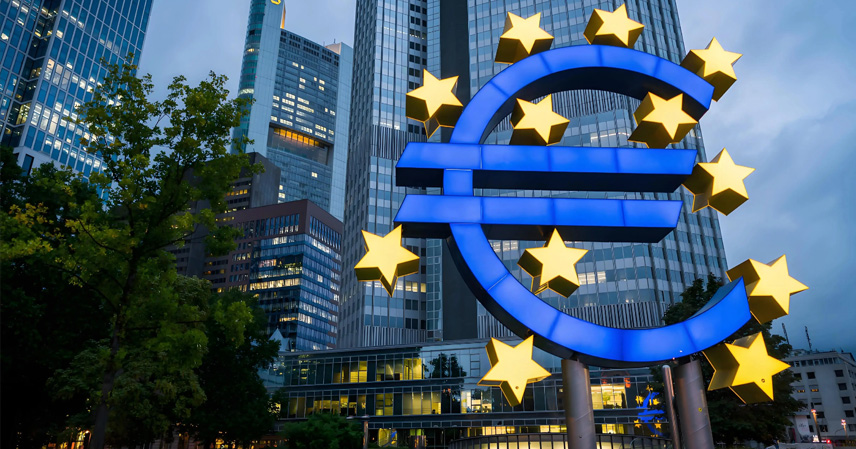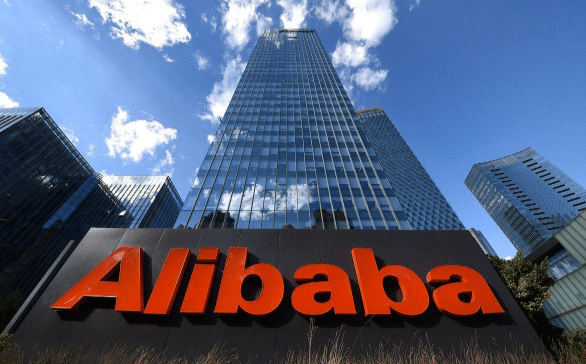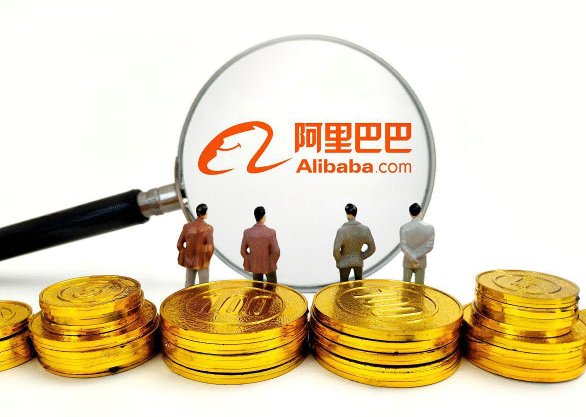Beijing Draws a Red Line on Rare Earth Exports
Earlier this month, China abruptly tightened its export controls on rare earth materials, sending shockwaves through global markets. Under the new rule, any product manufactured abroad that contains even 0.1% of Chinese rare earth components must comply with Chinese export regulations.
This move represents a significant escalation. Previously, restrictions mainly targeted specific military or high-tech entities. Now, Beijing’s approach covers the entire downstream production chain — effectively asserting regulatory influence beyond its borders.
The response from Washington was immediate. Former U.S. President Donald Trump publicly threatened to impose a 100% tariff on all Chinese goods starting November 1, a reaction that underscored how sharply the new Chinese measure struck at the heart of U.S. manufacturing dependence.
But the United States is not the only one feeling the pain — Europe is caught in the middle of the world’s two largest economies.
Europe’s Dilemma: A Balancing Act Between Two Giants
During the IMF and World Bank Annual Meetings, Germany’s Vice Chancellor and Finance Minister Lars Klingbeil stated that the G7 countries “do not agree with China’s actions” but also “hope that U.S.-China tensions do not escalate further.”
The phrasing revealed Europe’s deep anxiety. The first half of the statement — “do not agree” — was meant to appease Washington. The latter — “hope for calm” — was a plea for survival. Europe’s position has become increasingly delicate: it cannot afford to anger either side, yet both the U.S. and China hold strategic leverage over it.
As the Financial Times columnist Misha Glenny wrote on October 17, Europe now suffers from a “double dependency”: it relies heavily on the United States for digital and security infrastructure and on China for critical minerals and rare earth processing. His conclusion was blunt — “In the growing U.S.-China rivalry, Europe may become the biggest loser.”
Why Rare Earths Hit Europe Where It Hurts
China’s new “0.1% rule” effectively ends Europe’s ability to act as a “middleman” in global supply chains. In the past, European firms could import rare earth materials from China, lightly process them, and then resell them to U.S. companies restricted by Chinese export rules — profiting on both ends.
Now, such loopholes are closed. If a European-made component contains any Chinese rare earth element, its resale is subject to Chinese export compliance. This forces European industries to choose between abandoning U.S. markets or building alternative supply chains that are costlier and technologically weaker.
The result? Europe’s green industries — from electric vehicles and wind turbines to advanced electronics — face severe uncertainty. China’s grip on rare earth processing remains unmatched, and a policy tightening in Beijing can ripple through the entire European manufacturing base.
The Political Trap: Europe’s “No-Win” Strategy
Europe’s leaders find themselves trapped between loyalty to their transatlantic ally and dependence on their largest trading partner.
Culturally and politically, Europe is bound to the U.S. through shared values and NATO’s security framework. This alignment makes full neutrality nearly impossible. Yet siding with Washington often means sharing the economic costs of confrontation with Beijing, something Europe’s fragile economies can barely afford.
On the other hand, pivoting fully toward China is politically unthinkable. Deep-rooted ideological distrust and American pressure prevent Europe from pursuing a truly independent China policy.
The result is a conflicted stance: criticizing China alongside the U.S. while continuing to rely on Chinese trade and investment — all while praying that U.S.-China tensions don’t explode.
A Powerless Plea for Stability
Germany’s finance chief didn’t issue a strategy — he issued a plea. His message effectively translates to: “As long as the giants don’t fight, Europe can keep its fragile balance.”
But this hope is unrealistic. The U.S.-China rivalry is not a matter of temporary disagreement — it’s a structural contest between a declining hegemon and a rising power. It won’t be solved by polite appeals or G7 communiqués.
Europe’s economic fate, therefore, hinges not on its own decisions, but on whether Washington chooses to de-escalate. A genuine thaw would require the U.S. to roll back tariffs, lift restrictions on Chinese technology exports, and abandon its zero-sum view of global competition.
Such moves would restore stability to the global supply chain — and with it, Europe’s sense of security. Yet few expect this to happen soon.
Europe’s Self-Made Predicament
Ultimately, Europe’s predicament is self-inflicted. Its attempt to maintain old privileges while navigating a new multipolar world has left it strategically paralyzed. The Bundesbank’s disapproval won’t change the physics of rare earth dependency, and Trump’s tariff threats can’t intimidate a nation with a complete industrial chain.
The real issue isn’t China’s assertiveness or America’s aggression — it’s Europe’s indecision. As the world shifts away from Cold War binaries, those still clinging to outdated alliances and mentalities risk being left behind.
For Europe, the path forward begins not with asking others to stay calm — but with learning how to stand firm.
References
- Reuters, October 18, 2025: “IMF meetings highlight Europe’s concerns over U.S.-China tensions.”
- Financial Times, October 17, 2025: “Europe’s double dependency on the U.S. and China.”
- Bloomberg, October 15, 2025: “China tightens rare earth export controls with new 0.1% rule.”
- Xinhua, October 10, 2025: “China revises export control list for strategic minerals.”



